Complex trauma can lead to a split within ourselves, a phenomenon called structural dissociation. Let’s unravel this concept and explore its effects on our well-being.
Structural dissociation is a lack of cohesion and integration of personality. We are conscious of who we are, but inside, we feel completely different from moment to moment. In the case of BPD, this causes a high degree of emotional dysregulation.
Unlike the commonly perceived idea of dissociation as being cut off from reality, in structural dissociation, our personality is split into different parts.
Each of these parts has a unique sense of self, memories, bodily feelings, emotions, thoughts, and behaviors (Van Der Hart). Although they seem to behave independently, they are also interdependent and form a larger system that constitutes us as a person.
Trauma affects intense people differently.
Like any other of our reactions to stimuli, intense people’s trauma reactions are also more intense than most.
Because of our receptivity, we see, hear and know what others don’t.
Our empathy means we take in more and feel more. We cannot help but be affected by toxic family dynamics, overt or covert abuse and manipulations.
Being different by default, we need extra love and support to counteract isolation, alienation and despair.
Our sensitivity to existential issues and intolerance of injustice mean we are susceptible to depression.
Our need for emotional attunement means we are wounded by emotional neglect.
Things that do not affect our siblings or peers traumatise us.
In other words, our sensitivity and overexcitability make us susceptible to trauma responses.
Unfortunately, few mental health professionals understand the emotional intensity and chronic childhood trauma (also known as Complex PTSD). We are more likely to be over-diagnosed and medicated for mood disorders or personality disorders than to get the understanding we need.
We have previously outlined some of the traumatizing family dynamics intense children tend to get locked into. In this letter, we discuss the mechanism of dissociation, which is a common reaction to complex trauma that affects many of us for life.
Nobody heard him, the dead man,
But still he lay moaning:
I was much further out than you thought
And not waving but drowning.
— Not Waving but Drowning, Stevie Smith
Structural Dissociation And Borderline Personality Disorder (BPD)
The usual reaction to pain is to withdraw. But, as children, we had little options, even when our parents hurt us, we could not leave. So instead of physically exiting, we psychologically withdraw. This is called dissociation.
Dissociation is mostly unconscious. Like the circuit breaker in an electrical system, it is hardwired into us to protect us.
Unfortunately, when we dissociate, we do do not only withdraw from external harm, but also our expressions, our bodies, our passions, and our soul.
Many chronically traumatized individuals, without knowing, suffer from a form of dissociation known as ‘structural dissociation’. This is also a core part of what is known as Borderline Personality Disorder (BPD).
Structural dissociation is a split in our personality. It does not mean we have psychosis or suffer from schizophrenia. In structural dissociation, we are conscious of who we are, but we feel completely different from moment to moment from the inside.
This split in our being started as a coping strategy for overwhelming experiences.
When stressful events such as parents’ arguments, physical violence, verbal abuse, or prolonged neglect happened, we had no choice but to cut off.
Chronic childhood trauma is different from PTSD from a single incident. Under normal circumstances, we would want to avoid our abuser and never go back to them. When they are our family members or parents, however, we have no choice but to stay. We could not deal with the trauma in a healthy way, so instead, we create a ‘separate self’ in our mind to survive the invasion.
Related: The Reason Emotional Trauma Doesn’t Heal and How to Overcome It
Taking this split into adulthood, we feel an internal conflict almost daily. For instance, a part of us may be like a child that is easily hurt and acts impulsively, while another part of us manages to be a resilient adult. A part may dominate home life, another work life. When triggered, we flip from one mode of being to another.
To a degree, having different personas is normal. For instance, it is considered healthy to be different at work and at home. A traumatized person, however, experience the split and the ‘taking over’ of various parts to be unmanageable. We do not know why we are triggered, but before we knew it, we have reacted in ways that we later regret.
Come, said my soul,
Such verses for my Body let us write, (for we are one,)
That should I after return
– Dedication, Walt Whitman
The Apparently Normal Part And The Traumatised Part
People with Complex Trauma carry an unspeakable burden. Despite carrying a painful past, we have to maintain a facade to go on with our normal daily life. If our lives involve people who have hurt or abuse us, we could not afford to let the memories, pain, and anger surge up. We carry a pandora box with us wherever we go.
Trauma experts Van der Hart and colleagues (2004) labeled the parts of the personality-driven by daily life priorities the Apparently Normal Parts and the parts driven by our trauma the Emotional Parts. Janina Fisher calls them ‘Going on with Normal Life Parts’ and the ‘Trauma-Related Parts’.
Usually, there are more than two subpersonalities. The more severe the trauma, the more complex the split becomes, and the more ‘separate’ these parts feel. But for this article, we will simplify the picture and discuss these two parts.
Apparently Normal Part navigates daily life with little or no emotions. We might feel empty and numb. In this mode, we might not at all recall our painful past, or we remember what happened but feel as though it happens to someone else.
While the Apparently Normal Part gets on with life, the Traumatised part holds the traumatic memories. It sometimes bursts through and catches us off guard.
Our traumatised part reacts to situations with fight, flight, or freeze.
Our traumatized part reacts disproportionately to situations and sees danger, criticisms, and abandonment everywhere.
Our traumatized part is frozen in the time of the trauma- likely when we were a child. While in an adult body, we are reliving our childhood aloneness, fear, and despair over and over again.
Our traumatized part is always on guard. When people come close to us, we immediately assume we would be harmed or betrayed.
When our traumatized part is running the show, we are filled with tension, paranoia, and avoidance.
Sometimes the traumatized part will intrude on the Apparently Normal Part, where we suddenly experience sensations or hear critical voices that seem to come from our inside but feel alien.
Our Apparently Normal Part dominates our mind; it is numb and appears to be in control. The traumatized part controls our body and emotions in ways we are not always conscious of. For instance, when we grind our teeth at night, or when we burst into an uncontrollable rage.
“Dissociation is adaptive: it allows relatively normal functioning for the duration of the traumatic event and then leaves a large part of the personality unaffected by the trauma.”
― Bessel A. van der Kolk
Related: Dissociative Identity Disorder: Everything You Need To Know About DID
A Phobia We Carry Because Of Complex Trauma
In structural dissociation, we live a life designed to avoid our traumatic memories.
Our symptoms get worse as we mentally pair more and more ‘cues’- sound, people, certain things others say, places— with the trauma. For instance, someone not looking into our eyes reminds us of the years of being neglected by our mother.
Or, crowded places remind us of the time we were left alone in public, feeling helpless. Or, any sudden and loud noise reminds us of the door slamming at home when we were little.
We shut out the past as a way to survive, except occasionally the trauma will breakthrough, and we suddenly become flooded with fear and pain.
To keep our normal facade going, we must take on various avoidant strategies.
We fear potential rejection or betrayal, so we must avoid relationships.
We fear criticism, so we ought to inhibit our natural expressions.
We fear disappointment, so we would rather say no to hope and opportunities.
One of the most common avoidance is that of intimacy. Because we have been hurt in the past, either by our parents, siblings, or bullies, we experience any attachment to being threatening, and the fearful part of us would want to avoid becoming attached at all costs.
Of course, the healthy part of us yearn for love and connection and would seek out touch and relationships. These two parts then evoke each other in a vicious cycle, resulting in what on the surface looks like confusing push-pull behavior. One moment we are loving and giving, another remount we are fearful and numb.
In dissociation we even avoid our bodies- and then we lose touch with our internal signals of hunger, tiredness, and stress. We even lose our passion and sex drive.
As we craft our life desperately trying to avoid our past, our lives become increasingly restricted. In the end, we build a wall against both the outer and our inner emotional life and ended up feeling empty, numb, and our lives left barren.
Blocking is, unfortunately, not a long term solution. Our traumatized part has a strong need to be heard and seen and sooner or later it will come back in full swing, and we could not neglect it any longer.
“There is no greater agony than bearing an untold story inside you.”
― Maya Angelou
Related: 8 Reasons Why People Deny Childhood Trauma and Its Results
Symptoms Of Complex Trauma
Here are some of the dissociative symptoms that interrupt our day-to-day lives. These symptoms might not always be present, but only when certain parts of the personality takes over.
1. Selective memory loss
We are unable to recall parts of a memory, or may know what happened intellectually but does that feel that it happened to us.
2. Emotional numbness
We feel empty and numb, unable to connect with ourselves or anyone close to us. We have learned how to move outside of our bodies so we could watch life events pass by in front of us without being in it. We might ‘know’ what is happening in our lives, but we feel as though it belongs to others.
Being a detached observer, however, comes with a cost. While we feel little pain, we also feel little joy, love, and vitality. We might also become fully identified with our intellect, distancing from our instincts, spontaneity, and creativity.
3. Disembodiment
We might be dissociated from our physical bodies. As a result, we have difficulty knowing when we are tired, hungry, thirsty, lonely, or sad. We may lose the ability to self-care. We get burnout as we are not able to receive signals from our bodies. We lose touch with our motivation, needs, desires, interests, passions, and even sex drive.
4. Lack of motivation and stamina
Perhaps we were motivated and positive when we set a goal, but when the traumatized parts take over, we lose the mental ability to take action. Because our various parts have different motives, psychology, and mental capacity, we may have trouble starting or completing actions.
We may find ourselves endlessly procrastinating even it was something we wanted to do. On the other hand, we might suffer from chronic fatigue. This is because energy is taken to suppress our memories and emotions.
5. Counter-dependency and isolation
We develop self-sufficient armor and feel unable to trust or be dependent on anyone. We put up a wall to avoid being known by others. We avoid exposing ourselves because we are fearful of rejection, abandonment, and betrayal.
6. Inner critic
We develop a self- persecutory inner voice. This voice started out as a protective mechanism: ‘It’ believes that by criticizing us harshly, we would not venture out for love, career opportunity or abundance, so we would never be disappointed again.
Not being able to feel fulfilled in our real life, we resort to addictions or mind-altering drugs for stimulation or comfort. This perpetuates a cycle of shame.
“There is no greater agony than bearing an untold story inside you.”
― Maya Angelou
Related: 4 Kinds Of Self-Criticism You Must Put An End To
Change
Even though the wise healthy part of us knows this splitting or dissociation is no longer serving us, we might feel ambivalent about change. We are afraid of losing our stability. Even dissociation takes us to a barren, lonely place, it is what we know.
With our Apparently Normal Part, we get to shut down hunger, tiredness, and any need for anyone. For a short while, we feel as though as are invincible. This might have led to some degree of career success and convenience, but our soul is crying for help.
We are, after all a human, not a robot or machine. Our needs and vulnerabilities, though denied, do not disappear.
The longer we stay disintegrated, the less able we are to appropriately take care of ourselves in a realistic way.
The longer we stay numb and empty, the more days we spend watching our lives go by without being in it.
The longer we avoid intimacy and opportunities, the longer we are delaying a full, rich life.
“Fairy tales are more than true: not because they tell us that dragons exist, but because they tell us that dragons can be beaten.”
― Neil Gaiman, Coraline
The Wise Part
Apart from the Apparently Normal Part and the Traumatised Part discussed by the trauma experts, we must also acknowledge something in the matrix of our CPTSD psyche: Our inner wise part, or our healthy part.
No matter how traumatized we are, how hidden this part is, it is there. It is our innate driving force towards wholeness and health, and it has been with us since day one.
This wise part absorbs love from the people who have supported us; it tells us we are worthy.
It downloads knowledge and wisdom from books, resources, and teachers, and acts as the guiding light within us.
Though the cloud of trauma and chaos very often shields our wise part, it is there, pulling us back up from all the setbacks and nudging us to take the next step.
It is the part of us that pushes us to go to therapy, to look online and to seek out support.
It is the part of us that reads poetry, makes a painting, and sings a song to express our unspeakable pain.
It is the part of us that loves the truth, seeks justice, and searches for insights.
In our work towards integration, we must find and reinforce this part of us.
Healing is to integrate, to have all our parts talk to each other, and to respect and to harness the strengths of all of them.
Healing is to bring all elements of ourselves together, rather than living a disintegrated life with little control.
Being alive is to feel our lives as happening to ‘us’, rather than being a distant story.
Resilience is being able to tell the past from the present, rather than emotionally reliving the past again and again.
It is frightening when we first begin to drop dissociation as a protective shield.
However, there is nothing to fear- we are merely going home.
As we take small risks, as we are gently open, we become extra delicate, sensitized to both pain and beauty.
Related: 5 Ways You Can Practice Self-Compassion And Be Kind To Yourself
The breaking down of our armor comes with its force and pain- but that pain is an honorable one.
We are our door to a sense of belonging- one so sincere that it connects us to not only our intimate partner and neighbour, but the rest of humanity, with nature, and with the universe. This growing pain is a small price to pay, as compared to the deadliness of being an empty shell.
Beyond trauma, it is in our power to take the next step.
Step by step, we can re-open as a human and re-emerge as a soul.
Your life is waiting for you.
“You’ve gotta dance like there’s nobody watching,
Love like you’ll never be hurt,
Sing like there’s nobody listening,
And live like it’s heaven on earth.”
― William W. Purkey
Visit Imi Lo’s website Eggshell Therapy for more such informative articles.
Written By Imi Lo
Originally Appeared In Eggshell Therapy
Experiencing structural dissociation as a result of emotional and chronic childhood trauma can be overwhelming, and mentally taxing, but once you start healing, you will experience life and happiness like never before.
If you want to know more about structural dissociation and chronic childhood trauma, then check this video out below:
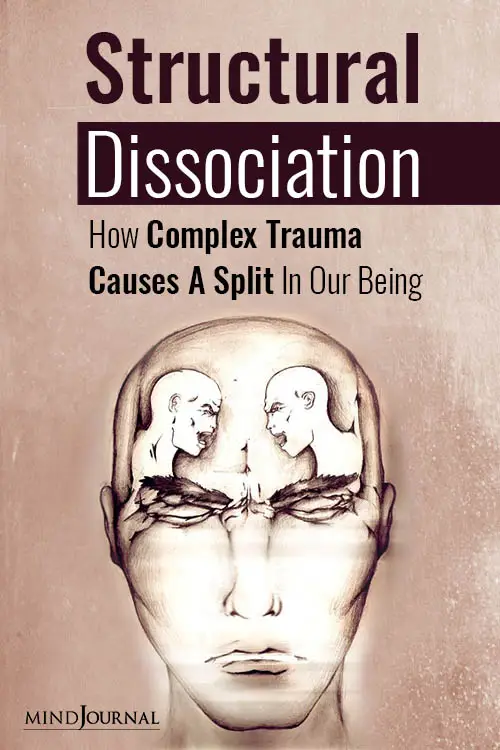
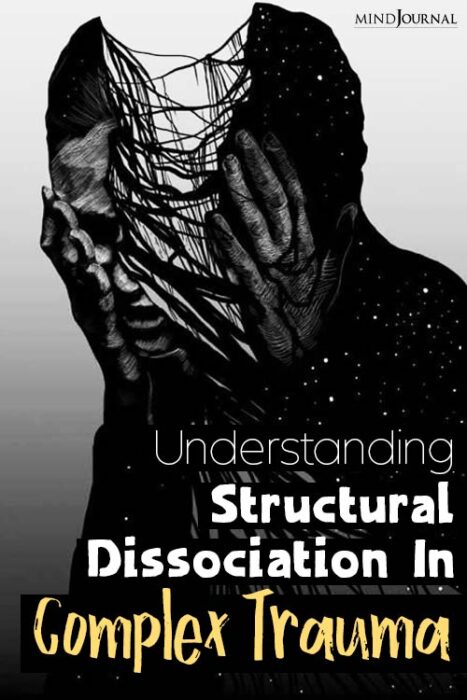
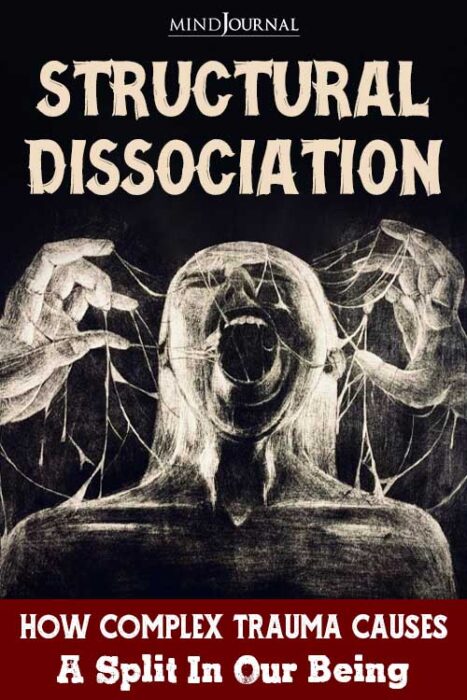
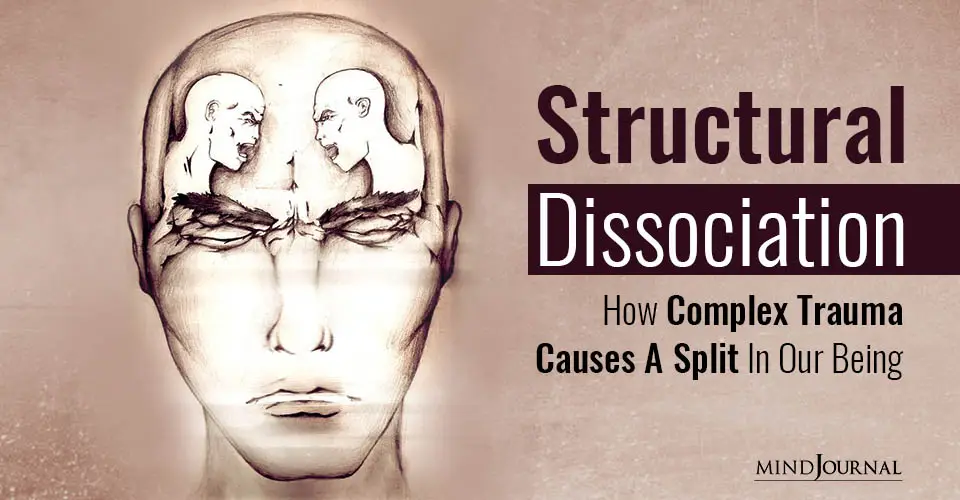
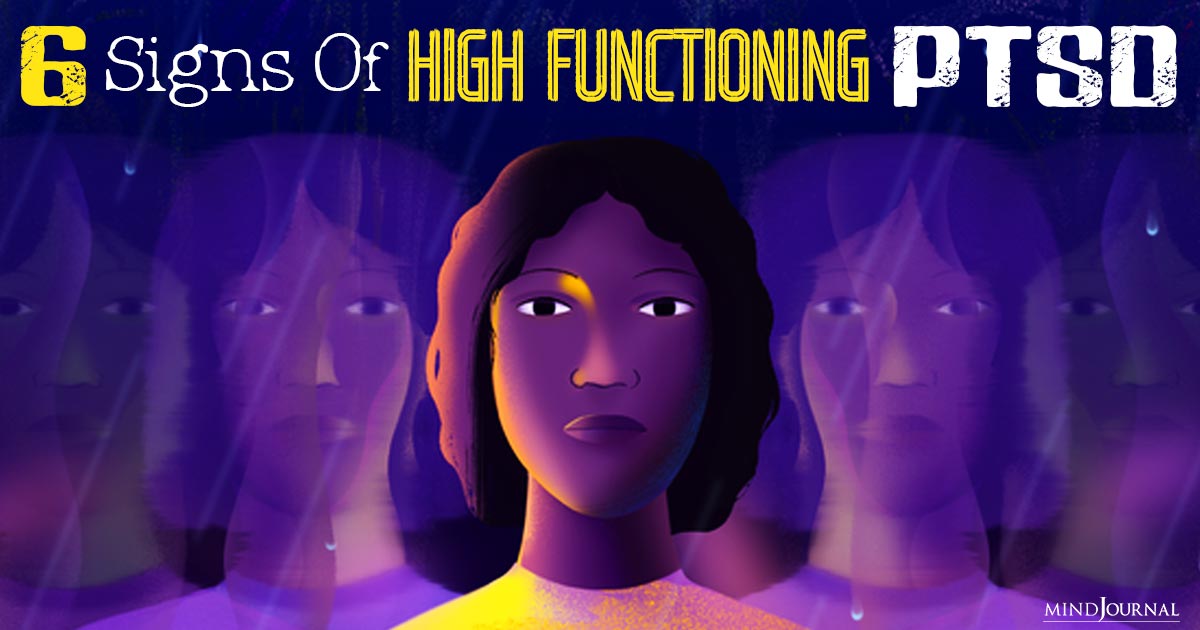
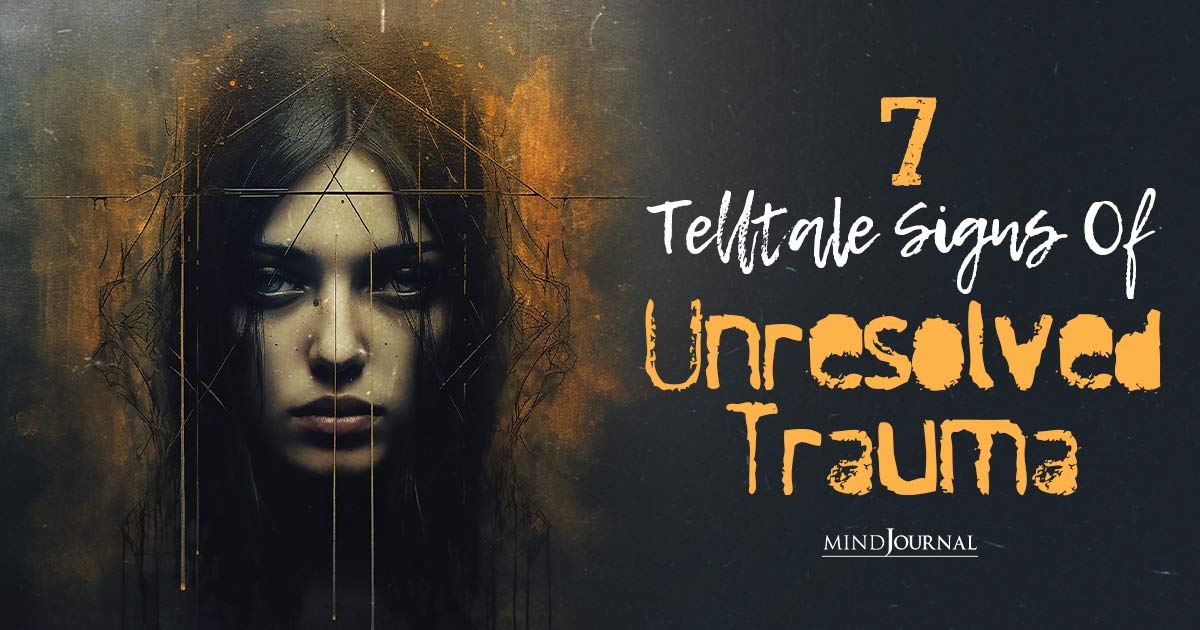
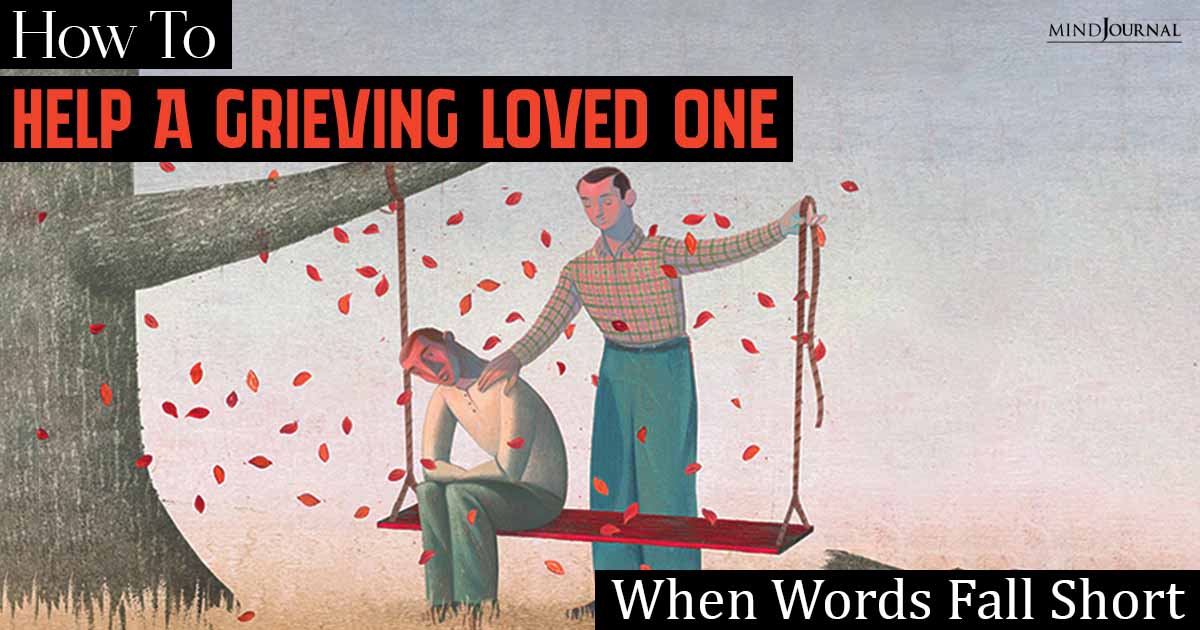
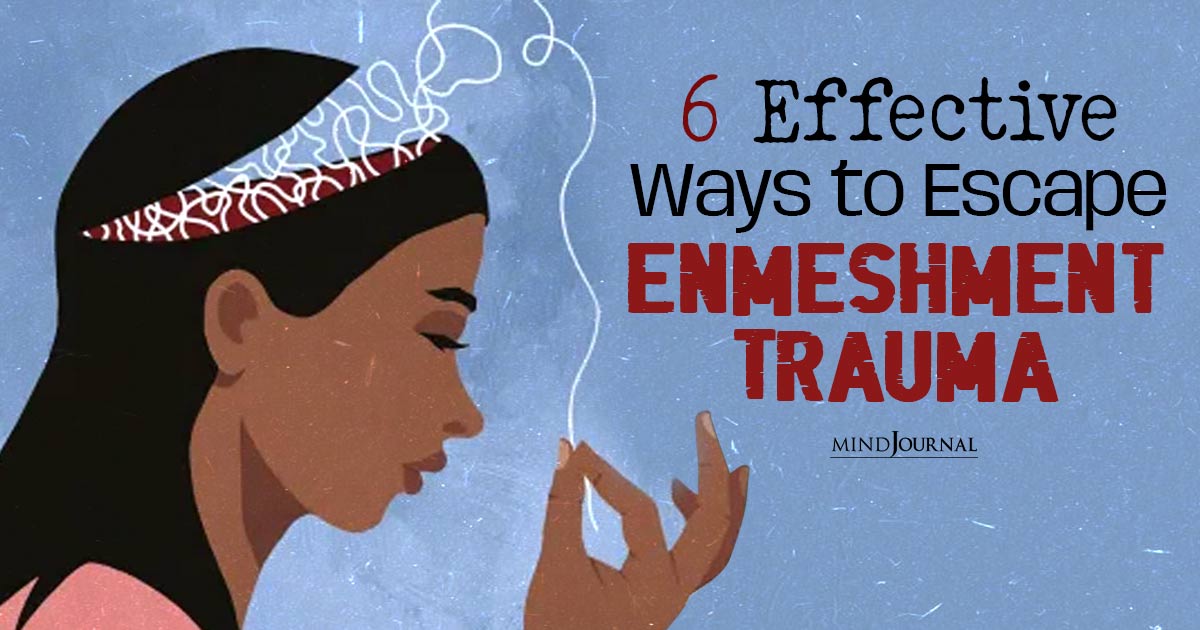

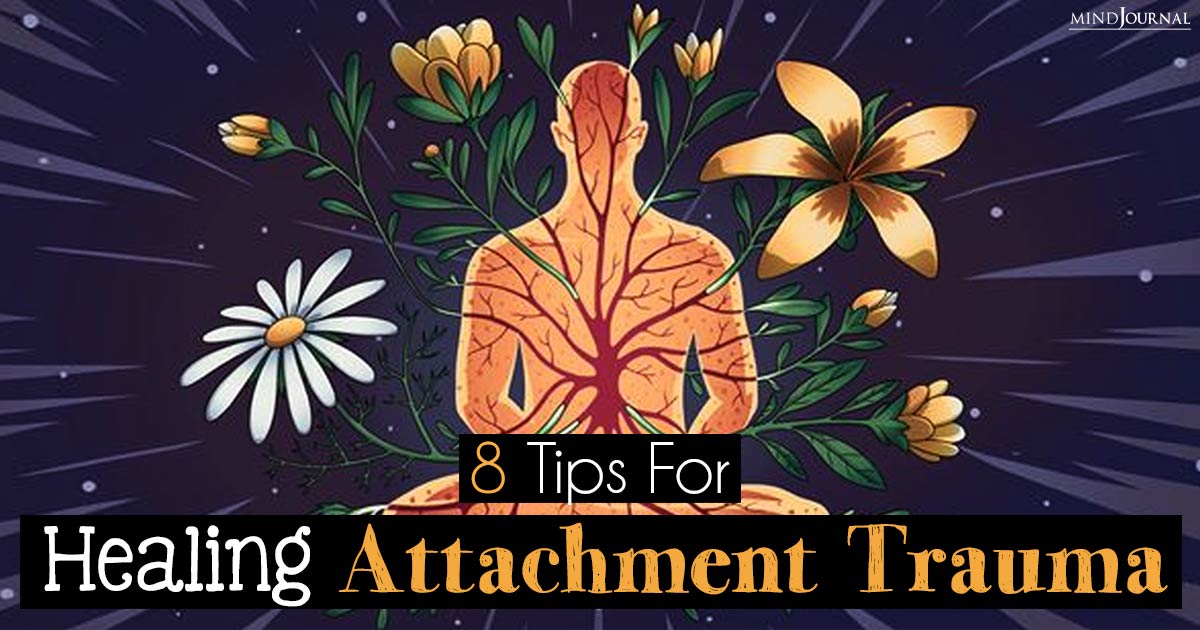
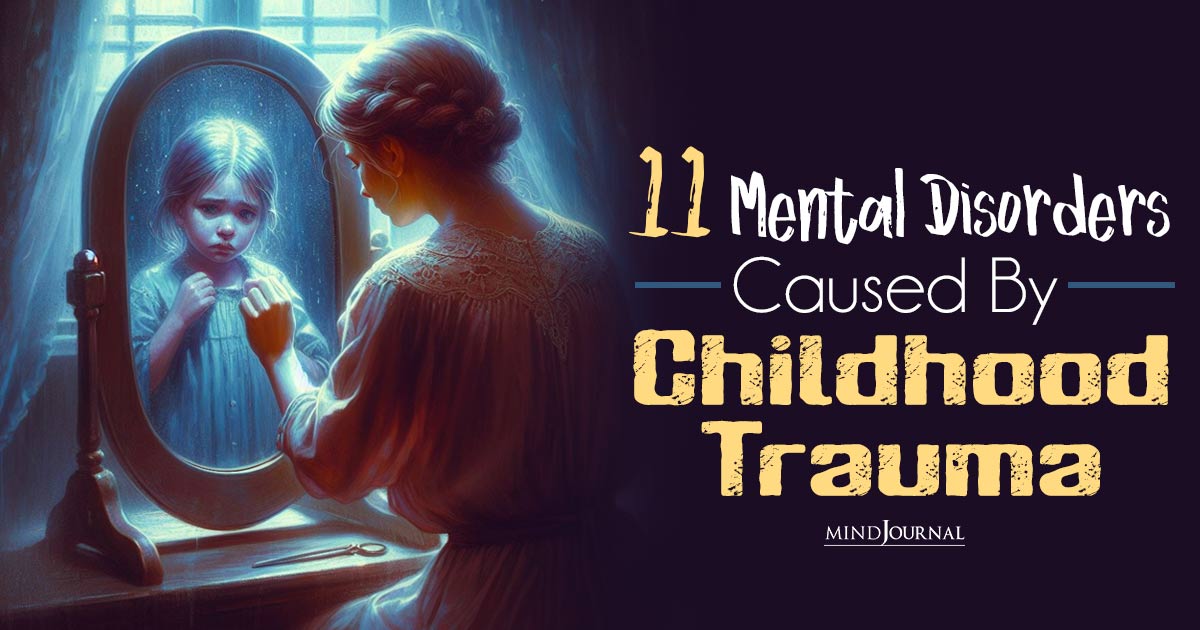
Response
Wow !! What a great article. Thank you